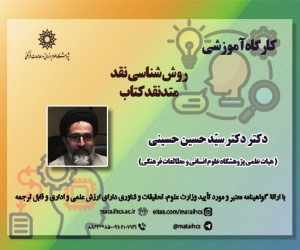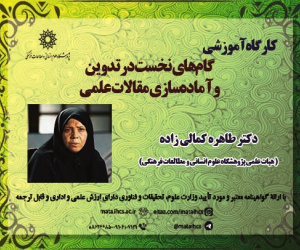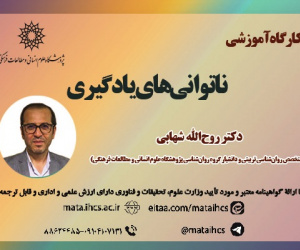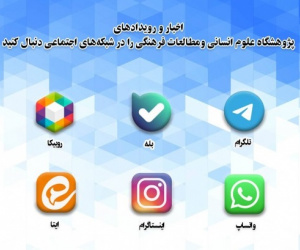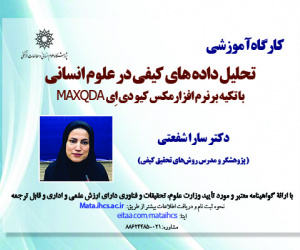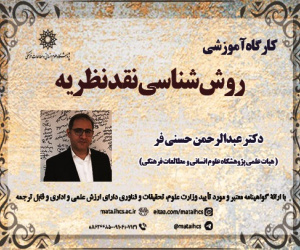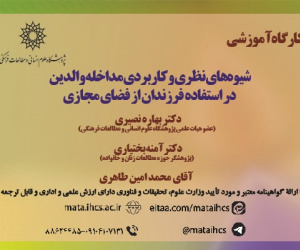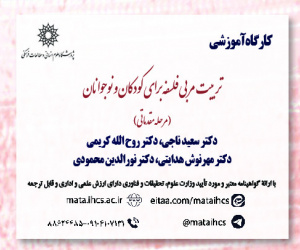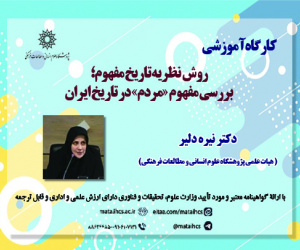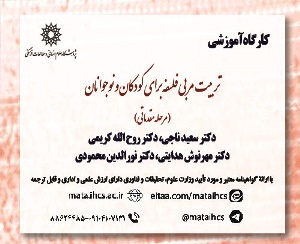تحلیل پیوند میان مؤلفه های صوری و اغراض معنایی، در سوره مبارکه زلزال (بر مبنای مفهومِ صورت المعنا و معنی المعنا در نظریه نظم جرجانی) (مقاله علمی وزارت علوم)
درجه علمی: نشریه علمی (وزارت علوم)
آرشیو
چکیده
مقاله حاضر به منظور تحلیل اعجاز کلامی قرآن، به سنجش هماهنگی میان اغراض معنایی و مؤلفه های صوری در بخشی از متن قرآن کریم می پردازد. بدین منظور، سوره مبارکه زلزال، با توجه به ظرفیت های زبانی و بلاغی آن، به عنوان نمونه ای از این اعجاز کلامی بررسی می شود. نظریه «نظم»، به دلیل جامعیت در تحلیل عناصر صوری کلام، چهارچوب نظری مقاله را تشکیل می دهد. جرجانی در این نظریه، با تحلیل کارکرد مؤلفه های صوری (عناصر نحوی، بدیع و بیان، چیدمان لغات و...) در حصول اغراض معنایی یک متن، ضمن نشان دادن حسن اتّساق الفاظ قرآن با توجه به معانی آن ها، دلایلی بر اعجاز قرآن اقامه می کند. فرآیند پژوهش این گونه است که ابتدا به مدد تفسیرهای گوناگون قرآن کریم، لایه های مختلف معنایی هر آیه تشریح شده تا اغراض معنایی آشکار شود؛ سپس تمهیدات صوری مختلف بررسی شده است که جهت ظهور اهداف معنایی در آیه مذکور – یا در ساختار کلی سوره – به کار رفته اند. نتایج این سنجش، نشان می دهد که مؤلفه های صوری مختلف این سوره، هماهنگی کامل و پیوند منسجمی با معانی محوری و اغراض محتوایی آن دارند. نوآوری پژوهش حاضر در این است که برای تحلیل هماهنگی و پیوند مذکور، تنها به ترجمه و معنای ظاهری آیات اکتفا نمی شود. بلکه با استناد به تفاسیر متعدد، لایه های مختلف معنایی هر آیه تا حد امکان تبیین و نقش مؤلفه های صوری در خلق هرکدام از این دلالت های گوناگون معنایی (به تعبیر جرجانی، معنی المعنی) تحلیل شده است.Analysis of the harmony of formal components and semantic purposes in Surah Al-Zalzalah (Based on the concept of "form of meaning" and "meaning of meaning" in Jurjani's theory of construction)
This article aims to analyze the verbal aspect of the miraculous nature of the Quran by examining the harmony between semantic purposes and formal components in a portion of the Quranic text. For this purpose, Surah Al-Zalzalah, with its linguistic and rhetorical capacities, is examined as an example of this miraculous nature. The theory of "Nazm" (coherence), due to its comprehensiveness in analyzing the formal elements of speech, forms the theoretical framework of the article. In this theory, Jurjani, by analyzing the function of formal components (syntactic, rhetorical, and lexical arrangement elements, etc.) in achieving the semantic purposes of a text, demonstrates the harmony of Quranic words with their meanings and provides evidence for the miraculous nature of the Quran. The research process is as follows: first, the various layers of meaning in each verse are explained using various Quranic interpretations to reveal the semantic purposes; then, the various formal techniques used in the verse—or in the overall structure of the surah—to achieve those semantic purposes are examined. The results of this analysis show that the various formal components of this surah are in complete harmony and have a coherent connection with its core meanings and content purposes. The innovation of this research lies in the fact that, to analyze the mentioned harmony and connection, it does not rely solely on the translation and apparent meaning of the verses. Instead, by referring to multiple interpretations, the various layers of meaning in each verse are explained as much as possible, and the role of formal components in creating each of these various semantic implications (in Jurjani's terms, "meaning of meaning") is analyzed.

